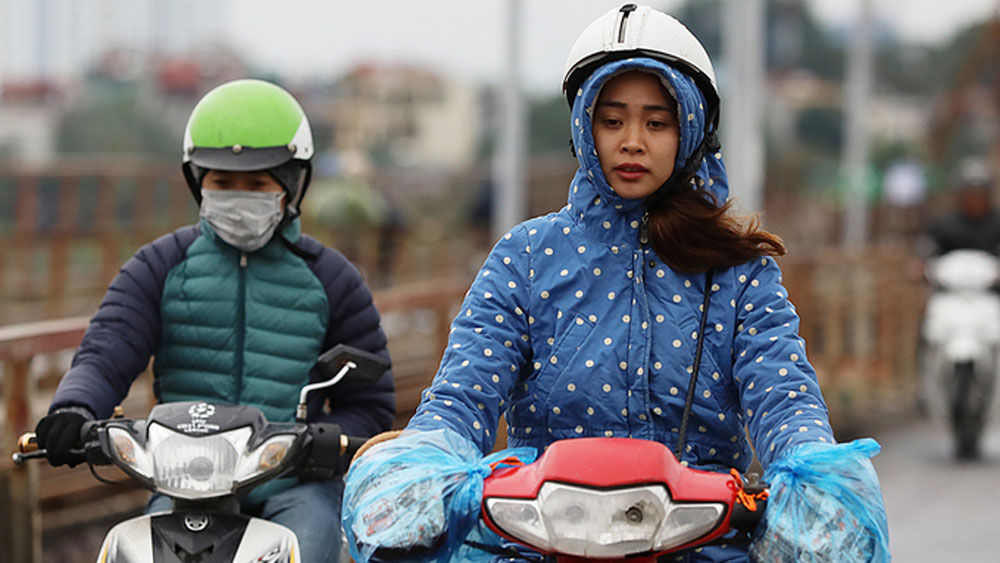Vietnam braces for earlier onset of colder winter
Weather experts say average temperatures in November and December can drop by 0.5-1 degree Celsius over previous years.
The National Center for Hydro-Meteorological Forecasting has also cautioned that the La Niña phenomenon can trigger storms and tropical depressions on the East Sea, internationally known as the South China Sea, more frequently. These are also likely to affect the Vietnamese mainland more than usual, mostly towards the end of the year, the center says.
 |
|
Two people wear coats and gloves while riding motorbikes on Hanoi's Long Bien Bridge, December 30, 2018. |
The weather and temperature changes caused by La Niña are expected to take effect either by the end of 2020 or the beginning of 2021, the center anticipates.
It estimates that as sea surface temperatures in the central regions of the Pacific Ocean continue to drop, the chances for La Niña to take effect can go up to 70 percent, albeit with low intensity and short duration.
La Niña is an ocean-atmosphere phenomenon characterized by lower sea surface temperatures across the Eastern Central Pacific Ocean, affecting global weather, triggering drought and storms of greater intensity and frequency in several locations around the world. La Niña episodes have occurred on average every two-seven years for hundreds of years, with each episode persisting for at least five months.
Nguyen Van Huong, head of the weather forecasting department at the center, said this winter’s first wave of cold air had come on September 11-12, with the next one on September 17. That means this year’s winter had come about a month earlier compared to last year’s.
Temperatures in certain Vietnam regions, for example Sa Pa in northern mountainous Lao Cai Province, had been hovering around 10 degrees Celsius, a rarely recorded temperature in a typical September, he added. This September is also the coolest Sa Pa as experienced since 1957, according to the Lao Cai Hydrometeorology Station.
Vietnam should expect up to 27 waves of cold air coming from the north this winter, a typical average. But cold air would come more frequently in October, with waves expected every three-five days, bringing rains and strong winds in northern Vietnam regions, said Huong.
Average temperatures in October and the first three months of 2021 are expected to be approximately the same as previous years, he added.
More frequent rainfall can happen in central and southern Vietnam as a result of La Niña, and even during the dry season in the Central Highlands.
Natural disasters like droughts, floods, and landslides killed 133 people in Vietnam last year and caused losses worth around VND7 trillion ($302.6 million), according to the Ministry of Agriculture and Rural Development.
The East Sea has seen five storms so far this year, the latest being Storm Noul which made landfall in central Vietnam earlier this month, killing six and damaging over 22,000 houses.
Source: VnExpress
 Bắc giang
Bắc giang















Reader's comments (0)